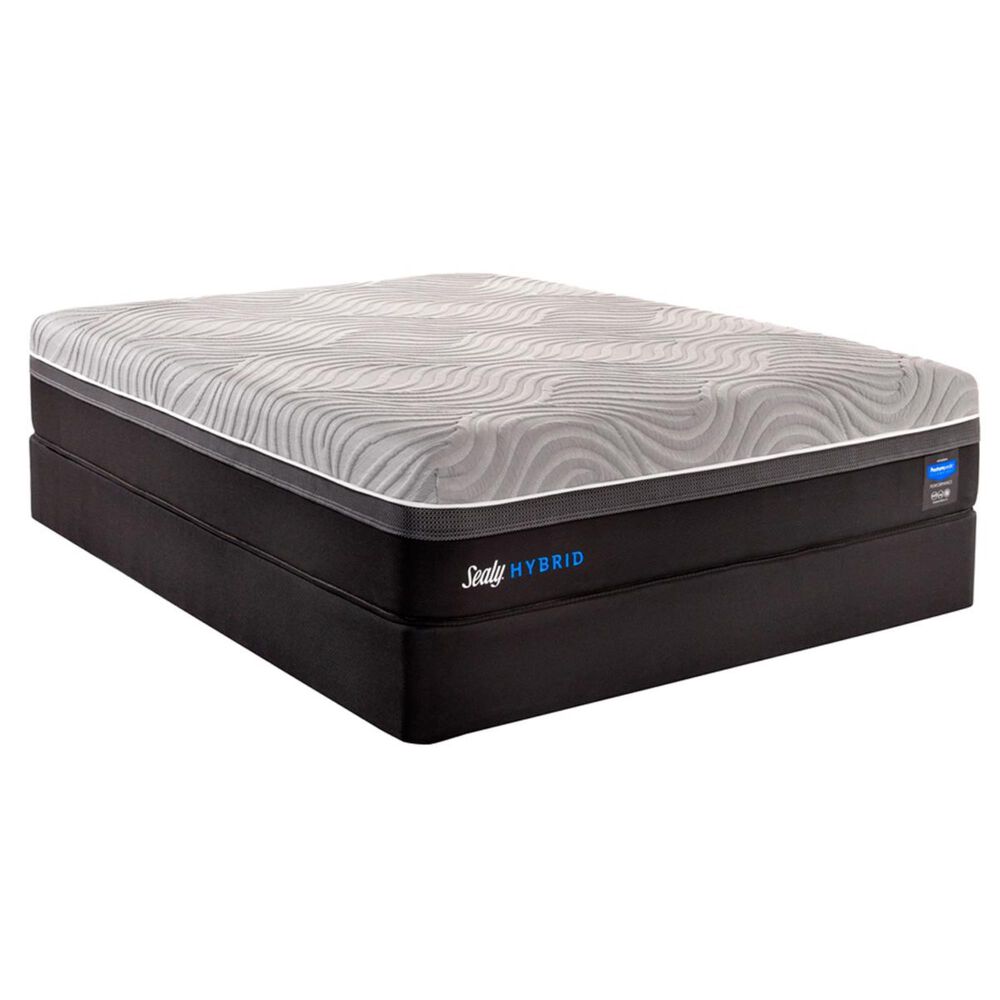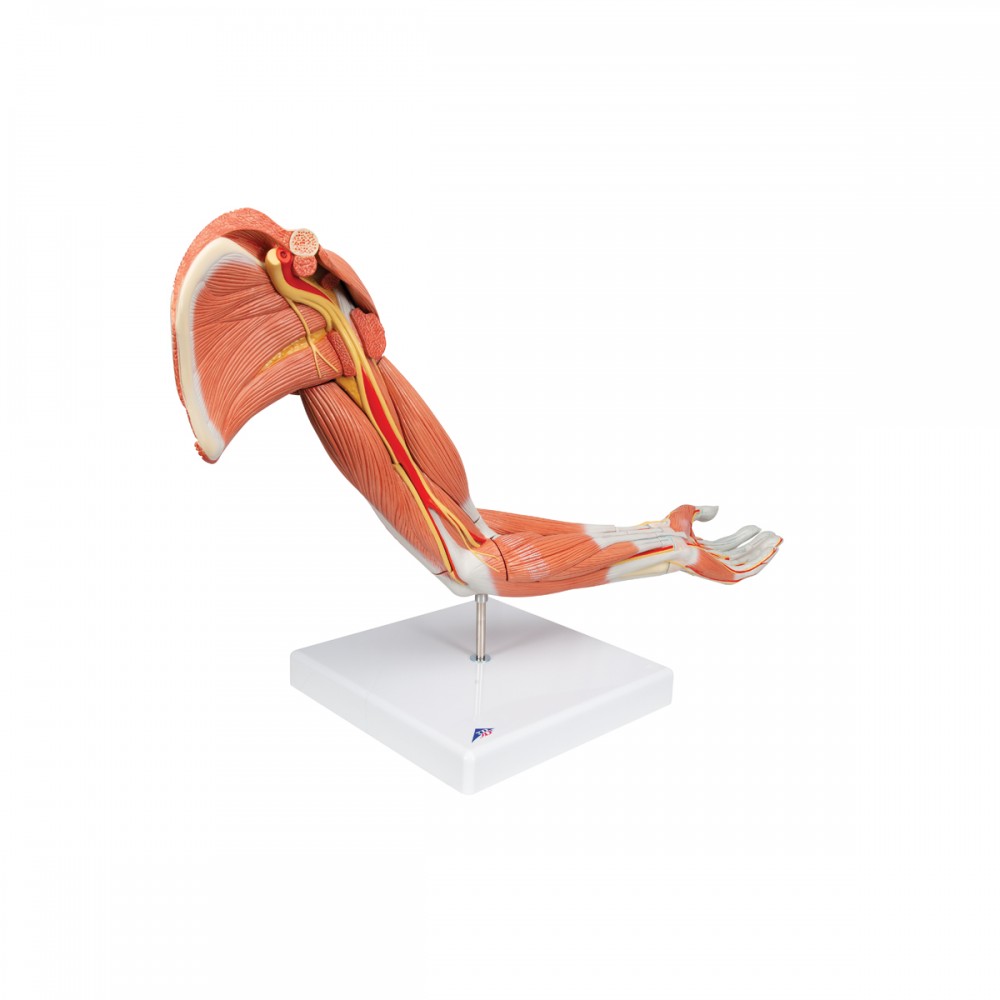Have you ever heard the phrase “maintain six feet of distance” and wondered just how far that really is? Whether you’re designing a room, buying furniture, or just curious about spatial relationships, understanding the six-foot measurement can be incredibly useful in daily life.
From the height of doorways to the length of a yoga mat, this seemingly simple measurement appears everywhere once you start looking for it.
How Long is 6 Feet Compared to Everyday Objects?
Six feet equals 72 inches or 1.83 meters. That’s about the average height of an adult male in the United States. But sometimes, numbers alone don’t paint the full picture. Visualizing this length through common objects helps create a mental yardstick you can carry with you anywhere.
Think of it as roughly the length of a king-size bed, a tall refrigerator standing upright, or the width of a standard love seat. Now, let’s dive into 17 everyday items that measure approximately six feet to give you a concrete understanding of this dimension.
1. The Average Adult Male

The average adult American man stands just under six feet tall about 5’9″ to be exact. However, in some countries like the Netherlands, the average male height reaches just over six feet.
This height has practical applications across numerous industries. It’s why most doorways are designed at 6’8″ (providing adequate clearance), why shower heads are typically mounted at about 6’6″, and why many clothing items labeled “tall” begin at the six-foot mark.
Interesting Fact: Height distribution varies significantly across the globe. While the Dutch claim the title for tallest population (with men averaging 6 feet), countries like Indonesia have an average male height of just 5’2″. This genetic diversity influences everything from architecture to furniture design across different cultures.
2. A Standard Door
Most interior doors in American homes stand at exactly 80 inches tall (6’8″), making them slightly taller than six feet. However, the actual door slab typically measures 78 inches (6’6″), with the additional height accommodating the frame and threshold.
This standardization allows for mass production and compatibility with pre-built frames. It also ensures enough clearance for most individuals to walk through comfortably without stooping, even when wearing shoes.
Interesting Fact: Door heights weren’t always standardized. In medieval Europe, doorways were often intentionally built short (sometimes under six feet) as a defensive measure, forcing entering visitors to bow their heads putting potential attackers at a disadvantage as they entered.
3. A King-Size Bed

While a king-size bed measures 76 inches (6’4″) in width, it’s close enough to our six-foot benchmark to provide an excellent reference point. This substantial width allows two adults to sleep comfortably with about 38 inches of personal space each.
The standardization of this measurement has shaped bedroom furniture design, dictated recommended room dimensions (experts suggest at least 12’×12′ for a king bed), and influenced architectural planning for master bedrooms.
Interesting Fact: The king-size bed was introduced in the 1940s specifically to accommodate America’s growing preference for larger sleeping spaces. Before this innovation, the largest standard size was the double bed, measuring just 54 inches wide a full 22 inches narrower than today’s king.
4. A Yoga Mat

Standard yoga mats measure 68-72 inches in length (5’8″ to 6′), making them perfect for most practitioners. This length ensures there’s enough room for full-body poses like downward dog and warrior positions without hands or feet slipping off the edges.
The six-foot length isn’t arbitrary it’s designed to accommodate the full wingspan of the average adult with arms extended overhead, plus provide space for movements that extend beyond the standing height.
Interesting Fact: While standard yoga mats hover around six feet, specialized “extra-long” mats measuring 84-85 inches (7 feet) exist specifically for taller practitioners or those who need additional space for dynamic movements. The six-foot standard developed as yoga gained popularity in Western markets.
See Also: 13 Common Things That Are 2 Inches Long/Big
5. A Pool Cue
Standard pool cues measure 57-58 inches (just under 5 feet), but professional and specialized jump/break cues often reach 61-72 inches (up to 6 feet). This length provides the perfect balance between power generation and control during shots.
The physics behind this measurement is fascinating the longer the cue, the more potential energy can be stored in its flex before transferring to the cue ball. However, lengths beyond six feet become unwieldy and difficult to control with precision.
Interesting Fact: The world’s longest usable pool cue measured an astonishing 30 feet and was successfully used to make a shot in 2016. However, it required multiple people to hold and stabilize it proving why the six-foot range remains the practical limit for individual players.
6. A Twin XL Mattress

Twin XL mattresses, popular in college dormitories, measure exactly 80 inches (6’8″) in length while maintaining the narrow 38-inch width of a standard twin. This additional length compared to regular twin mattresses (75 inches) accommodates taller sleepers.
This design specifically addresses the needs of growing teenagers and young adults. The six-foot-plus length ensures even tall students can sleep comfortably without their feet hanging off the edge, while the narrow width maximizes limited dorm space.
Interesting Fact: Twin XL mattresses became the standard in college dormitories because they’re the most space-efficient way to accommodate varying student heights. Two Twin XL mattresses placed side by side equal the exact dimensions of a King size bed (76″×80″), giving residential facilities flexibility in room configurations.
7. A Tall Refrigerator

Many full-size refrigerators measure between 67-70 inches tall (about 5’7″ to 5’10”), with top-of-the-line models often reaching exactly 72 inches (6 feet). This height maximizes storage capacity while still fitting under standard upper cabinets in many kitchen designs.
The six-foot height represents a careful balance between storage needs and ergonomic considerations ensuring the top shelves remain accessible to most adults while maximizing cubic footage.
Interesting Fact: The height of refrigerators has gradually increased over decades. The first home refrigerators from the early 20th century stood just 4-5 feet tall. Today’s six-foot models offer nearly twice the storage capacity, reflecting changes in American shopping habits and food preservation needs.
8. A Loveseat Sofa

While loveseats vary in size, many standard models measure approximately 72 inches (6 feet) in width. This dimension comfortably seats two adults while fitting easily into apartments, small living rooms, or as companion pieces to larger sofas.
The six-foot width has become a sweet spot in furniture design, offering enough space for comfort without overwhelming smaller living spaces. It’s particularly popular in urban apartments where space efficiency is paramount.
Interesting Fact: The term “loveseat” originated in the 17th century, but these furniture pieces weren’t designed for cuddling couples. The original S-shaped loveseats were actually created to accommodate women’s voluminous dresses and wide hoop skirts of the era. The modern six-foot version evolved to suit contemporary living spaces.
9. A Human’s Arm Span

The average adult’s arm span measured from fingertip to fingertip with arms outstretched closely approximates their height. For many people, this measurement falls right around six feet.
This relationship between height and arm span (known as the Vitruvian ratio after Leonardo da Vinci’s famous drawing) has influenced countless design decisions, from the width of hallways to the dimensions of workstations and exercise spaces.
Interesting Fact: While the average person’s arm span roughly equals their height, some athletes particularly swimmers and basketball players are specifically selected for having arm spans that exceed their height. NBA player Kawhi Leonard stands 6’7″ but has an astounding 7’3″ wingspan, giving him extraordinary reach advantages on the court.
10. A Dining Table
Six-person rectangular dining tables typically measure 72-78 inches (6-6.5 feet) in length. This six-foot benchmark provides approximately 24 inches of width per person, allowing comfortable seating and enough room for place settings and shared dishes.
This dimension has influenced dining room architecture, with designers recommending at least 11 feet in the dining dimension to accommodate both the table and chair clearance. The standard has also shaped the production of tablecloths, table runners, and protective table pads.
Interesting Fact: The six-foot dining table emerged as the standard family size during the post-WWII housing boom, when formal dining rooms became common features in suburban homes. Before this era, tables were often smaller or expandable, reflecting less standardized eating arrangements.
Read more like this: Things That Are 5 Inches Long – Everyday Objects And Size References
11. A Surfboard

Longboard surfboards typically measure 8-10 feet, but shortboards and “fun boards” often hit the six-foot mark exactly. This length offers the perfect balance between maneuverability and stability for intermediate surfers.
Six-foot boards are particularly popular among transitioning surfers those moving from beginner longboards to more advanced shortboards. They provide enough volume for stable paddling while allowing for sharper turns and more dynamic riding styles.
Interesting Fact: Surfboard dimensions have fluctuated dramatically through history. Ancient Hawaiian olo boards stretched up to 18 feet long, while the shortboard revolution of the 1970s saw boards shrink to under 6 feet. Today’s six-foot “fish” designs actually represent a return to mid-century templates that were abandoned during the shortboard era.
12. A Standard Bathtub

Standard rectangular bathtubs in American homes measure 60 inches (5 feet) in length, but luxury soaking tubs and some custom models extend to 72 inches (6 feet) to accommodate taller individuals and provide a more immersive bathing experience.
This six-foot length allows most adults to fully extend their legs while bathing a key comfort factor that drives the popularity of these larger fixtures in master bathroom renovations.
Interesting Fact: The original clawfoot tubs of the Victorian era commonly measured 5.5-6 feet long, but shrank to 5 feet during the mid-20th century building boom to conserve space and materials. Today’s return to six-foot tubs in luxury bathrooms actually represents a return to historical proportions.
13. A Grand Piano Keyboard

While the entire grand piano is considerably longer, the keyboard portion spans approximately 4.5 feet. Including the case surrounding it brings the width to nearly 6 feet for many models.
This standardized width accommodates the 88 keys that have become the accepted range for professional instruments. The dimension has influenced architecture and interior design, with “piano nooks” and music room dimensions specifically calculated to accommodate this width while allowing space for the pianist.
Interesting Fact: The modern 88-key layout (spanning approximately six feet with casing) became standardized only in the late 19th century. Earlier pianos featured narrower ranges, sometimes as few as 60 keys. Composer Beethoven famously kept requesting pianos with more keys as he pushed the boundaries of the instrument’s range.
14. A Full-Size Hockey Stick
Professional hockey sticks range from 60-63 inches (5-5.25 feet) in length. Add the blade, and you’re approaching the six-foot mark. For goalies, sticks can legally reach up to 63 inches for the shaft alone.
These dimensions are carefully regulated in professional play. The NHL limits player stick length to 63 inches (shaft plus blade), though exceptionally tall players can request special exemptions. This standardization ensures fair play while accommodating the biomechanical needs of the sport.
Interesting Fact: Hockey stick length has significant performance implications. Shorter sticks offer better puck control and maneuverability, while longer sticks provide extended reach and more powerful shots. Many professional players use sticks that measure precisely to their chin when standing on skates a proportion that often works out to just under six feet.
15. A California King Mattress Width

While California King mattresses are known for their extra length (84 inches/7 feet), their width measures exactly 72 inches (6 feet). This makes them narrower than standard king mattresses but longer ideal for taller individuals who don’t require as much width.
This six-foot width dimension has become a crucial reference point in bedroom design. Interior designers typically recommend bedrooms measuring at least 12×12 feet to comfortably accommodate this mattress size, allowing 2-3 feet of clearance on each side.
Interesting Fact: California King mattresses were originally designed for celebrities and basketball players in California during the 1960s. The unique dimensions catered specifically to taller individuals who needed extra length but found the standard king width excessive for their needs.
16. A Human’s Height With Raised Arms
When most adults raise their arms overhead, their reach extends to approximately 2.5 times their height. For someone of average height (5’9″), this creates a reaching height of just over 6 feet.
This measurement has practical applications in numerous settings, from determining ideal shelf heights in retail environments (typically capped at 72 inches) to designing ergonomic workstations and kitchen cabinets.
Interesting Fact: The “anthropometric reach envelope” the three-dimensional space a person can reach without moving their feet forms a rough sphere with its top boundary at approximately six feet for average adults. This measurement influences everything from aircraft cockpit design to kitchen cabinet placement.
17. The Width of a Queen Box Spring

Standard queen box springs measure exactly 60×80 inches (5×6.7 feet). While the width falls just shy of six feet, the length exceeds it, creating an overall dimension that provides a useful reference point for spatial understanding.
This standardized size has shaped bedroom furniture manufacturing, dictated minimum room dimensions in architectural planning, and influenced the design of mattress covers, sheets, and bedding accessories.
Interesting Fact: The queen-size mattress and box spring were introduced in the 1950s as a compromise between the too-narrow full size and the space-consuming king. Their dimensions (including the nearly six-foot width) were carefully calculated to fit through standard stairwells and doorways while providing adequate sleeping space for couples.
Real-World Applications: How to Estimate Six Feet Without a Tape Measure
Understanding how to visualize six feet comes in handy more often than you might think. Here are some practical ways to estimate this measurement without tools:
- Use your height: If you know your exact height, you can use it as a reference. For example, if you’re 5’10”, six feet is just 2 inches taller than you.
- Arm span method: Stretch your arms out completely. For most people, fingertip-to-fingertip distance approximately equals their height. If you know your height, you can estimate six feet.
- Foot measurement: Despite variations in shoe sizes, you can use your foot as a rough guide. For example, a size 10 men’s shoe is about 11 inches long. Six feet would be approximately 6.5 of these shoe lengths placed heel-to-toe.
- Smartphone length: Most smartphones measure 5-6 inches. You would need about 12-14 smartphones placed end-to-end to reach six feet.
- Dollar bill method: A U.S. dollar bill measures 6.14 inches in length. Seventeen dollars laid end-to-end would give you almost exactly six feet.
Conclusion
Six feet 72 inches or 1.83 meters serves as a crucial reference point that appears throughout our daily lives. From furniture dimensions to human ergonomics, understanding this measurement helps us navigate spaces, select appropriate products, and conceptualize distances more effectively.
Whether you’re maintaining social distance, selecting a new dining table, or planning a room layout, having a mental catalog of six-foot references makes spatial reasoning more intuitive. The next time you hear someone mention “six feet,” you’ll have numerous practical examples to help visualize exactly what that means.
Look around your home and see how many six-foot measurements you can identify. You might be surprised at how frequently this particular dimension appears in your daily environment. From the width of your sofa to the height of your bookshelf, six feet often represents that sweet spot between human scale and practical functionality.
By understanding this fundamental measurement, you’re better equipped to make informed decisions about everything from furniture purchases to room arrangements proving that sometimes, the most practical knowledge comes in surprisingly simple packages.
Read more knowledgeable blogs on Measure Take.



